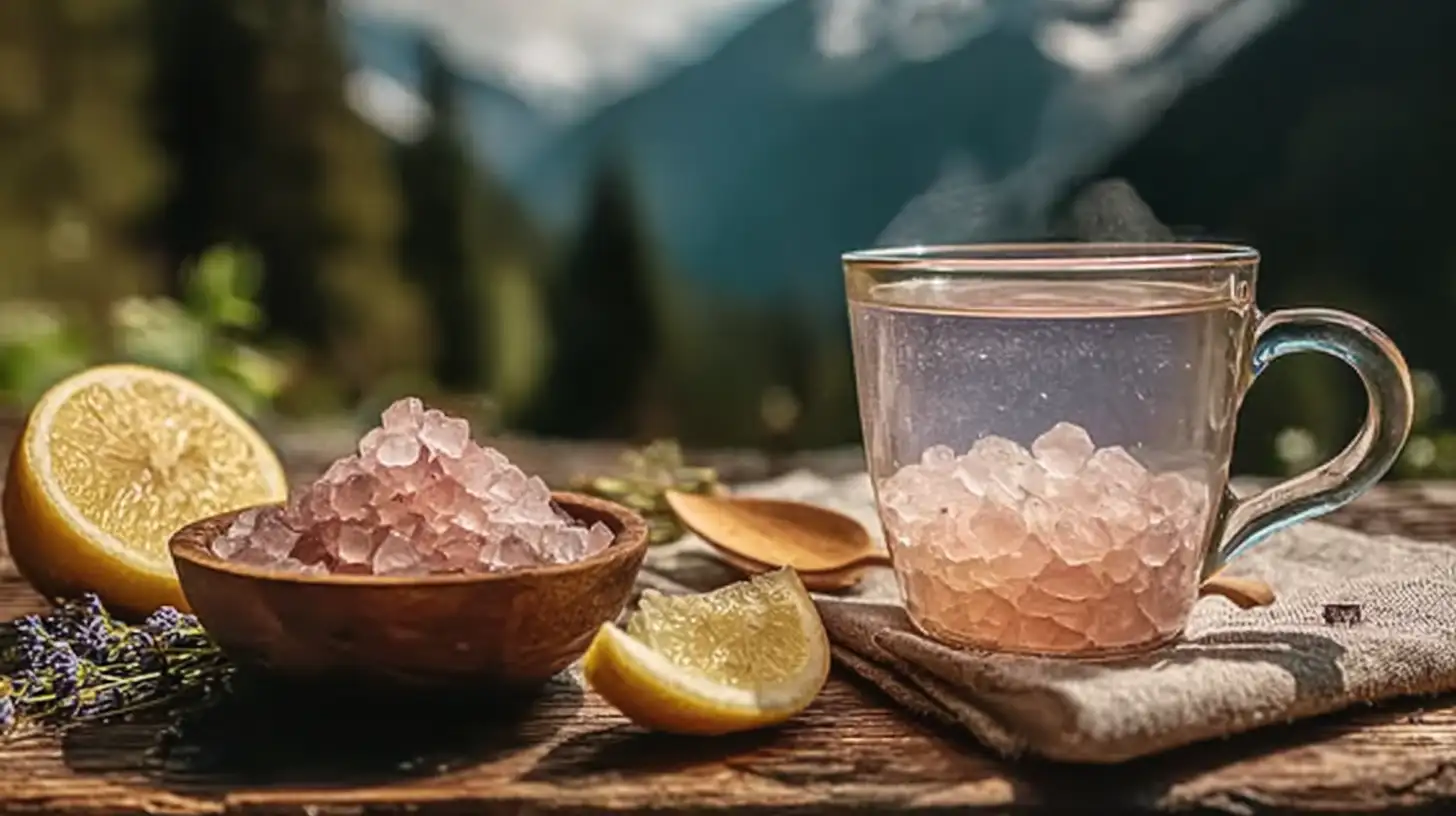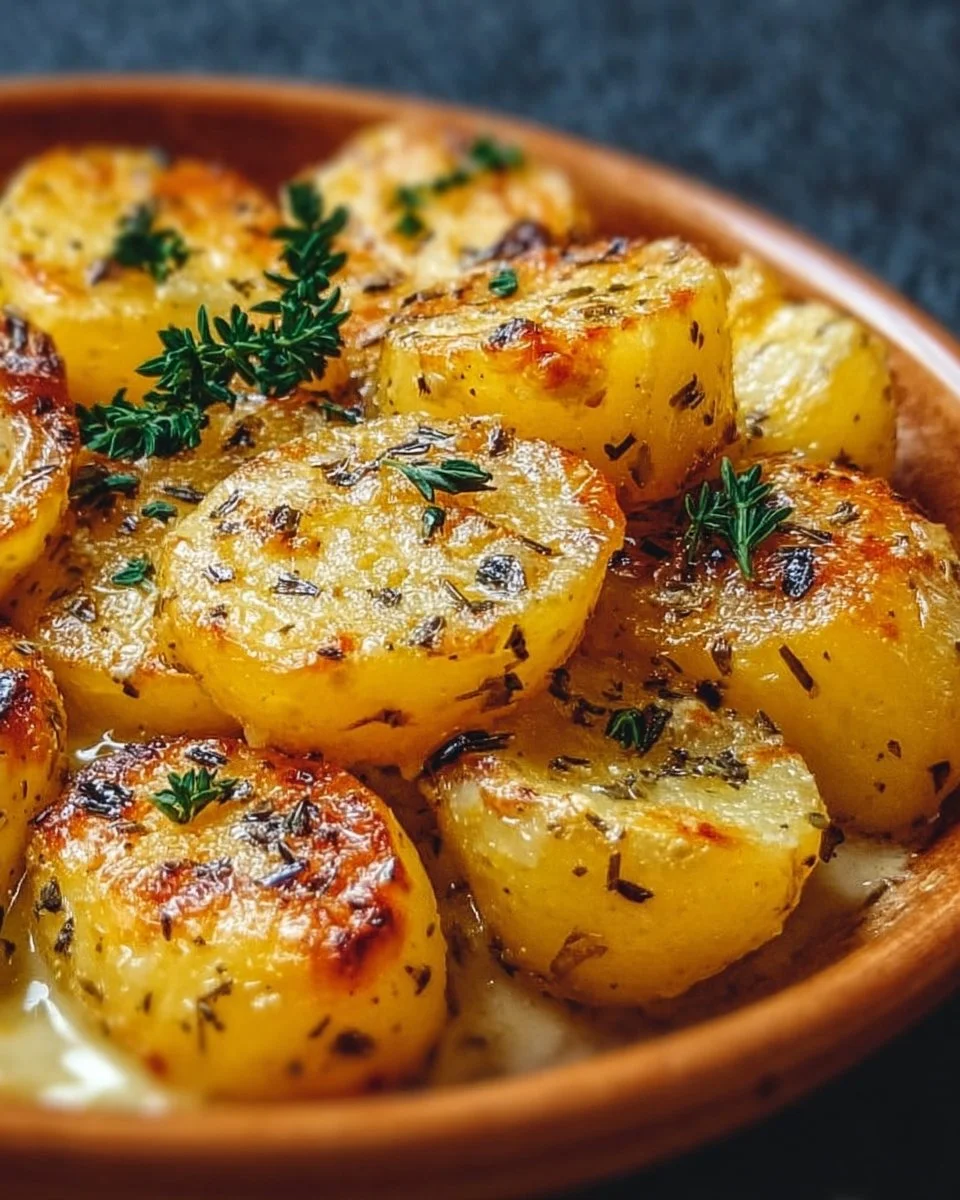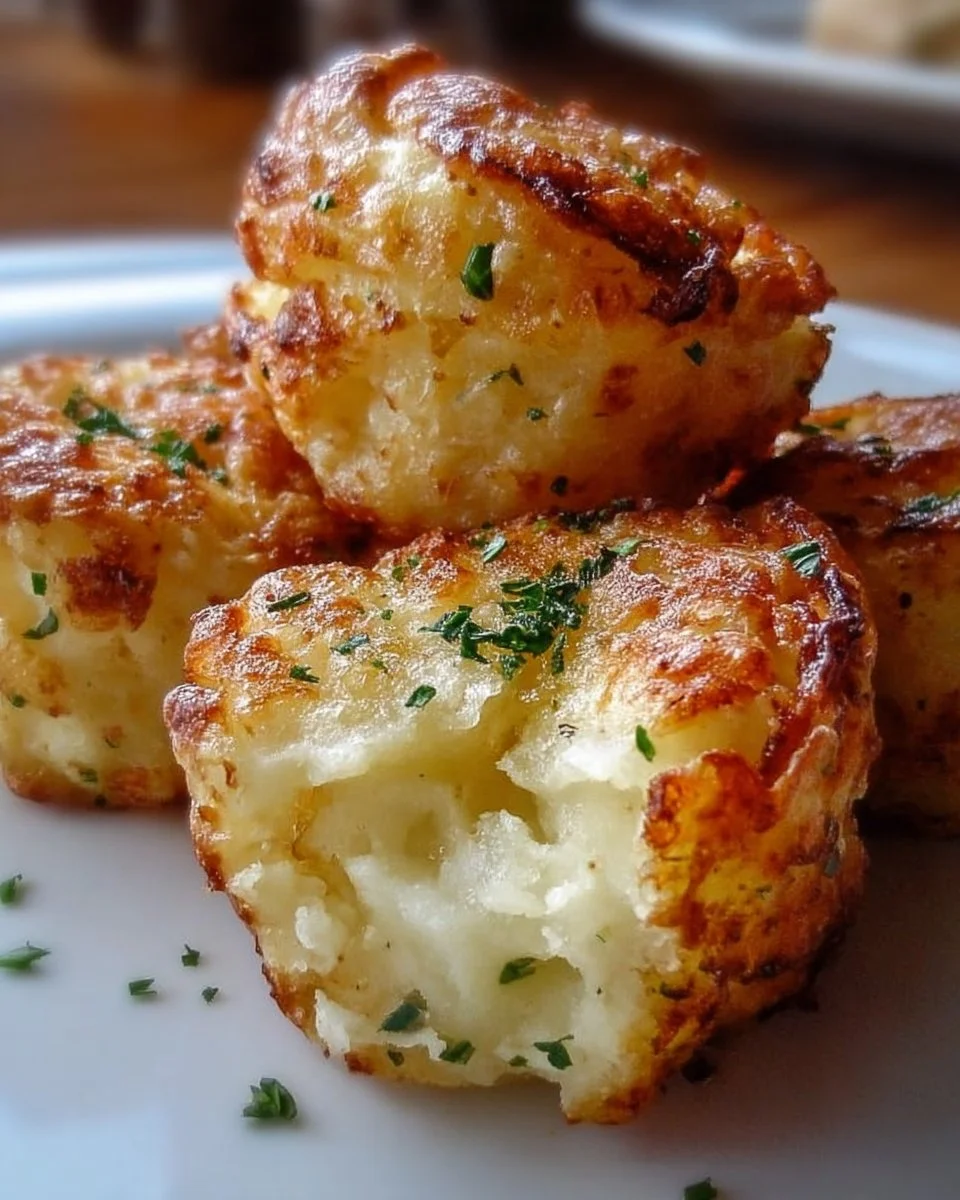What Is the Japanese Pink Salt Trick?
You’ve probably heard whispers about a mysterious little kitchen hack called the Japanese pink salt trick. Some say it enhances flavor, while others claim it aids with bloating and digestion, and some simply appreciate how easy it is to use.
So what is it, exactly?
At its core, this trick involves using a specific type of natural pink salt from Japan, distinct from Himalayan pink salt in a precise manner. Whether it’s in a detox drink or used as a pre-cooking salt rub, this technique is all about enhancing taste and mineral absorption with minimal effort.
It’s become so popular that even everyday recipes like stir-fried noodles or roasted vegetables are being upgraded with a sprinkle of this mineral-rich salt.
If you enjoy ingredient-driven flavor hacks, you might also love this simple method for homemade chicken gyoza, where seasoning precision matters just as much.
Table of Contents
Table of Contents
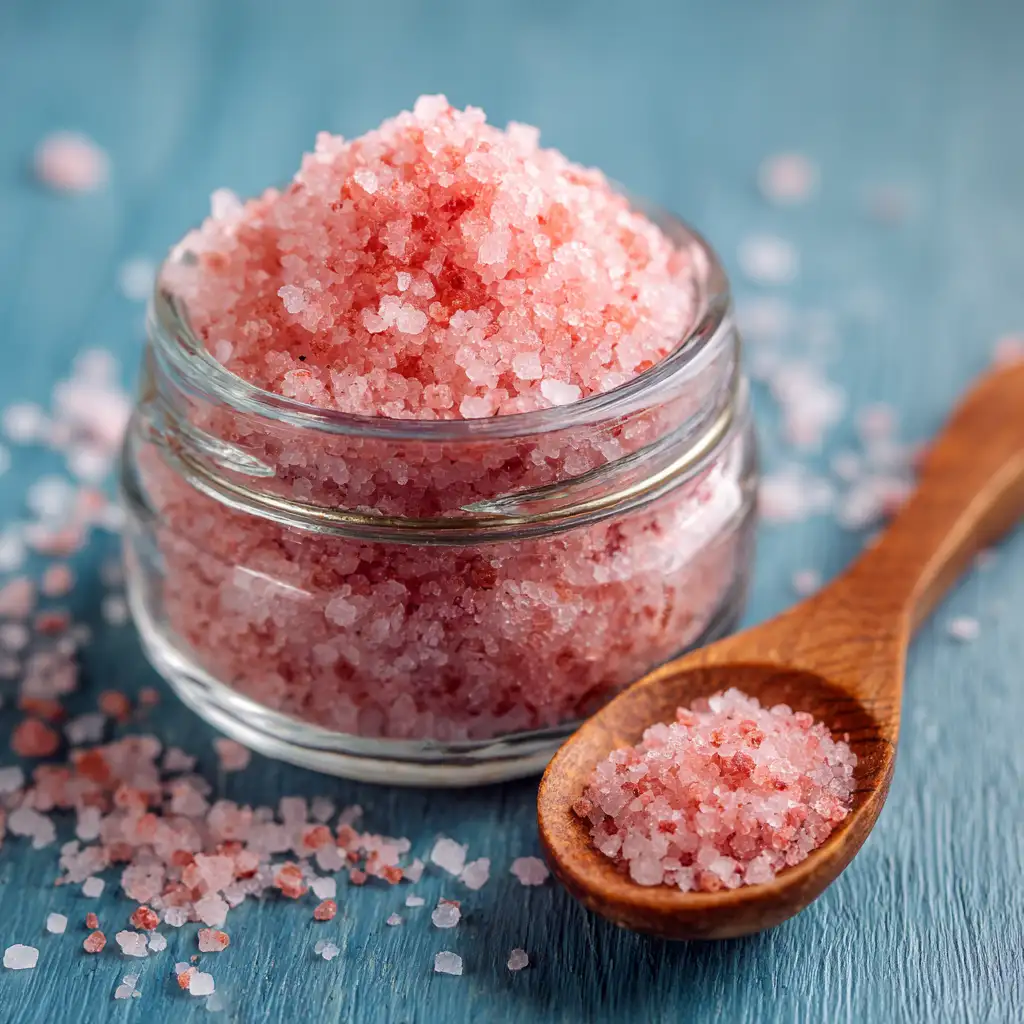
Origins of the Technique
The Japanese approach to food goes beyond flavor; it’s about balance, simplicity, and function. Salt isn’t just salt. It’s a tool to draw out umami, create structure, and even support gut health when used right.
The “pink salt trick” isn’t new to traditional Japanese cooking, but it only gained internet fame recently through viral TikToks and Reddit posts. The core of the trend? Adding a small pinch of Japanese pink salt to water or food before cooking, not after.
Cooks discovered that this early salting helps:
- Tenderize proteins naturally
- Lock in moisture
- Extract richer flavors
A perfect example is how this trick complements dishes like dol-sot bi-bim-bap by intensifying that signature seared flavor from the hot stone bowl.
Why It’s Gaining Popularity
Why are people obsessed with this trick? Easy:
- Fast results: A pinch goes a long way.
- Wellness benefits: Rich in trace minerals like magnesium and potassium.
- Multifunctional: Works in food, drinks, or even broths and teas.
- Flavor magic: Unlocks complex notes in simple ingredients.
And because Japanese pink salt is minimally processed, it fits right into health-focused diets like low-inflammation or detox regimens.
Up next, we’ll go through exactly what ingredients you’ll need to use this salt trick at home, including optional add-ins to make it your own.
Ingredients You’ll Need for the Japanese Pink Salt Trick
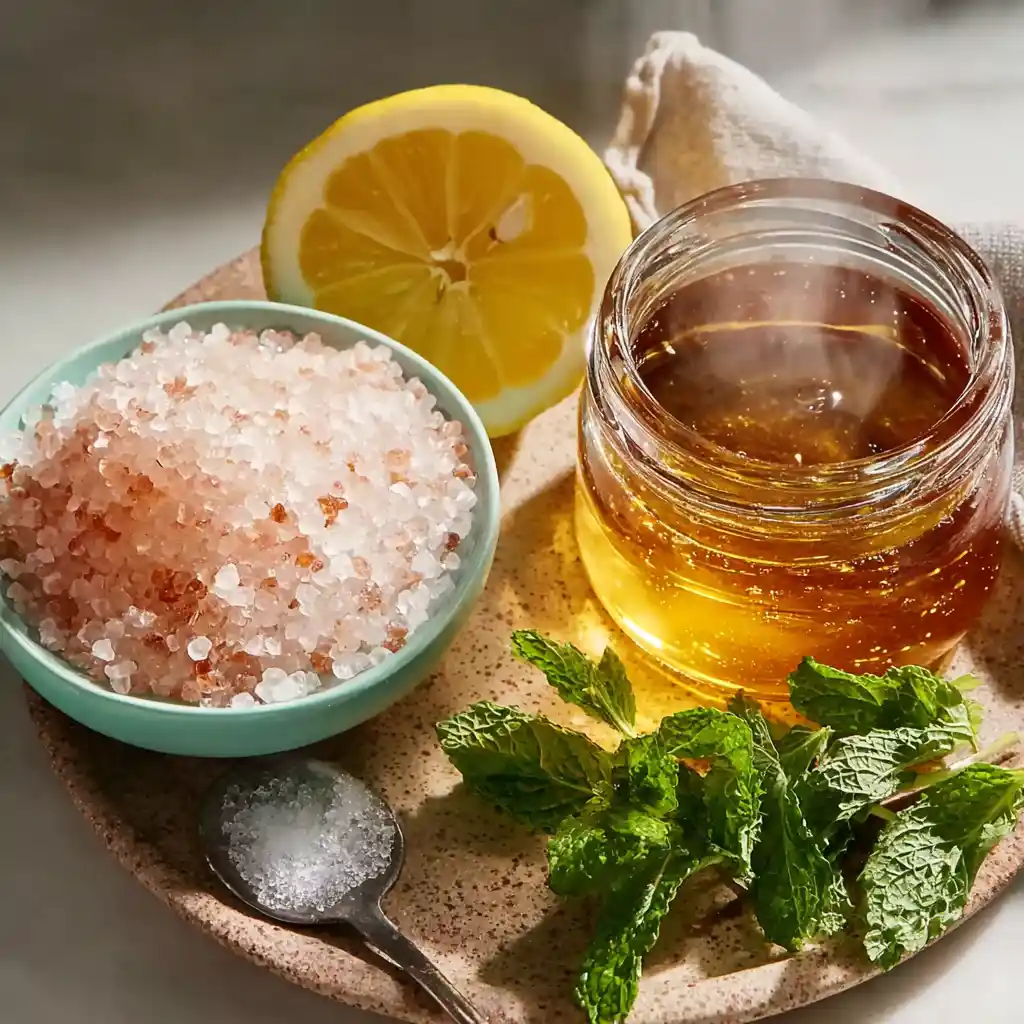
Even though it sounds exotic, the Japanese pink salt trick is incredibly simple to use. You only need a few basic ingredients, starting with a special type of salt that does more than just season food; it brings trace minerals and digestive support into your kitchen.
Let’s break it down.
The Star: Japanese Pink Salt
Japanese pink salt is often harvested from Okinawan seawater or volcanic regions in Japan. Unlike regular table salt, it contains:
- Magnesium, calcium, and potassium
- A more delicate, slightly sweet-salty taste
- Lower sodium concentration than refined salts
According to the U.S. Geological Survey (USGS), natural salts often contain important trace minerals like magnesium and calcium, which play a role in fluid balance and nerve signaling.
The National Institutes of Health (NIH) also explains that magnesium, a mineral commonly found in pink salt, plays a critical role in muscle, nerve, and immune system function.
⚠️ Note: Don’t confuse it with Himalayan pink salt, which comes from Pakistan and has a different mineral profile.
Supporting Ingredients Based on Use
Depending on whether you’re using the salt for a detox drink or seasoning food, here are some common companions:
| Use Case | Supporting Ingredients |
|---|---|
| Morning salt water | Warm water, fresh lemon juice, grated ginger |
| Cooking applications | Sesame oil, crushed garlic, rice vinegar |
| Finishing touch | Dried citrus zest, red chili flakes, matcha powder |
If you’re preparing a light and hydrating meal, this trick pairs wonderfully with this cucumber beet salad, helping enhance its natural flavors without overpowering the dish.
Optional Add-Ins for Personalization
If you want to tweak the trick to suit your taste or wellness goals, try these:
- Coconut water – Adds electrolytes naturally
- Matcha powder – Delivers antioxidants
- Apple cider vinegar – May assist digestion
- Seaweed extract – Rich in iodine for thyroid support
According to the American Heart Association (AHA), reducing sodium intake isn’t just about lowering the amount it’s also about choosing better-quality salts that contain natural minerals and no added chemicals.
How to Identify Quality Pink Salt
If you can’t find Japanese pink salt specifically, look for:
- Unrefined sea salt with trace minerals
- Fine or flaky texture (not bleached or iodized)
- No anti-caking agents or additives
Local organic food stores or large pharmacies sometimes stock salts from Japanese coastal regions, just check the label for its origin.
How to Do the Japanese Pink Salt Trick (Step-by-Step)
Now that you’ve got your ingredients ready, it’s time to put the trick into action. Whether you’re trying this for better flavor or digestive support, timing and technique make all the difference.
Let’s walk through it together.
Step 1: Choose Your Purpose
First, ask yourself:
Are you using the salt trick for cooking or for wellness (like a detox drink)?
This will change how and when you apply the salt.
| Goal | When to Use Salt |
|---|---|
| Detox or hydration | Add to warm water first thing in the morning |
| Cooking | Pre-season food before heat is applied |
| Finishing touch | Sprinkle after cooking to boost umami |
Step 2: Use the Correct Amount
This is not your regular table salt; a little goes a long way.
Recommended quantities:
- Detox drink: ⅛ to ¼ teaspoon per 250ml of warm water
- Pre-seasoning meat/vegetables: ½ teaspoon per 500g
- Finishing: Just a pinch sprinkled by hand
According to the American Heart Association, excess sodium can raise blood pressure, so moderation is still essential even with natural salts.
Step 3: Mix It Properly (If Drinking)
If you’re doing the salt drink version of the trick:
- Warm 1 cup (250ml) of filtered water to body temperature (not hot).
- Add ⅛–¼ tsp of Japanese pink salt.
- Stir until fully dissolved.
- Optional: Add lemon juice or a slice of ginger for flavor and added benefits.
Pro Tip: Drink it on an empty stomach, ideally in the morning, for best absorption and gentle detox effects.
This method is said to support hydration and electrolyte balance, especially when waking up. Harvard School of Public Health explains that natural salts offer trace minerals that play a role in regulating muscle and nerve function, unlike refined salt, which is stripped of those elements.
Step 4: When Cooking – Timing Is Key
If you’re cooking, here’s how to apply the salt:
Proteins (chicken, fish, beef)
- Salt 15–20 minutes before cooking
- Let it rest to draw out and reabsorb moisture
Vegetables
- Salt lightly before roasting or steaming
- Add another pinch after cooking for flavor enhancement
For example, when making a dish like Brazilian roasted half chicken, try rubbing pink salt into the meat 20 minutes beforehand. It helps draw out moisture and create a crispier outer layer during roasting.
Step 5: Don’t Overdo It
Here are the most common mistakes to avoid:
- Using too much salt (leads to bitterness)
- Adding it too late during cooking (misses the deep flavor absorption)
- Skipping resting time after salting meat
A balanced use allows the salt to:
- Draw moisture
- Trigger the Maillard reaction (that golden-brown flavor crust)
- Lock in taste
Bonus: Try It With Broths and Rice
Add a pinch of pink salt into your rice water or broth before boiling. It balances flavors without needing extra seasonings. You’ll especially notice this when using clean ingredients like miso, mushrooms, or seaweed.
The Science Behind the Japanese Pink Salt Trick
Why is this trick more than just a food trend? Because there’s real biochemistry behind what happens when you use natural pink salt properly.
From unlocking flavors to supporting electrolyte balance, here’s what the science says.
How It Enhances Taste and Texture
Salt doesn’t just make food salty; it changes the way your taste buds work. It:
- Suppresses bitterness
- Enhances sweetness and umami
- Alters texture through water retention
According to Harvard’s School of Public Health, salt amplifies flavors by modifying how flavor molecules interact with our taste receptors.
So when you use Japanese pink salt before cooking, it draws out moisture and allows the Maillard reaction (the browning process) to create deeper, roasted flavors.
That’s why even a simple rice bowl or egg dish can feel elevated, especially when the salt is mineral-rich and not stripped down like refined table salt.
Impact on Digestion and Mineral Balance
Many users report that pink salt water helps with:
- Morning bloating
- Mild constipation
- Hydration after sleep
So, what’s the mechanism?
When consumed in small amounts, unrefined salt provides electrolytes like sodium, magnesium, and potassium, key minerals that regulate water absorption in the gut and cellular hydration.
A 2023 NIH clinical summary confirms that magnesium supports healthy muscle contractions and bowel movements, making it essential for digestive comfort.
That’s why many people drink salt water with lemon first thing in the morning; it stimulates the gastrointestinal tract while also supporting fluid balance.
Is This Backed by Real Science?
Let’s be clear:
There’s no “magic trick”, but there is solid logic behind why this works, especially when the salt is used properly.
The benefits arise from:
- Improved hydration through electrolyte intake
- Flavor balancing via interaction with taste receptors
- Support for digestion through gentle stimulation of the gut
Even a study from the European Journal of Clinical Nutrition emphasized that salt quality, not just quantity, plays a role in long-term metabolic health.
Natural salts contain small but relevant amounts of minerals that influence metabolic pathways, including those linked to inflammation and hydration.
Debunking the Myths
Some viral videos exaggerate the effect, suggesting it’s a “weight loss hack.” That’s misleading.
Here’s what’s true:
- Pink salt won’t burn fat, but it may reduce water retention
- It won’t detox your body, but it can support natural detox pathways (liver, kidneys, colon)
- It won’t fix bloating overnight, but it may relieve mild digestive issues when used correctly
Best Times to Use the Trick
For optimal results:
| Time | Benefit |
|---|---|
| Morning (salt water) | Supports hydration, gut stimulation |
| Pre-cooking | Improves texture, flavor, and nutrient uptake |
| Post-cooking | Finishes the dish with umami and a mineral touch |
Delicious Ways to Use the Japanese Pink Salt Trick Recipe
Now that you know the how and why behind this method, let’s get to the fun part: using the Japanese pink salt trick recipe in actual meals. These simple dishes take on a whole new flavor profile when enhanced with this ancient seasoning method.
1. Morning Detox Salt Water

This is where most people start.
What you’ll need:
- 1 cup warm water
- ⅛ tsp Japanese pink salt
- Juice of ½ lemon
- Thin slice of fresh ginger (optional)
Instructions:
Mix everything and drink on an empty stomach. This hydrates your cells, supports digestion, and provides a gentle mineral boost to start your day.
A study published by the National Library of Medicine highlights how natural salts contribute trace minerals that affect metabolic function, hydration, and even how our taste system reacts to food.
2. Umami Rice Bowl
This savory, satisfying bowl is the perfect showcase for this trick.
What you’ll need:
- Steamed short-grain rice
- Light soy sauce or tamari
- Sautéed shiitake mushrooms
- A soft-boiled egg
- Pinch of Japanese pink salt (added while mushrooms are cooking)
How the salt trick works here:
- The salt draws moisture from the mushrooms, making them meaty and rich.
- It enhances the egg’s natural creaminess.
Add some shredded nori and sesame seeds for that authentic Japanese touch.
3. Roasted Vegetables with Pink Salt Finish
Give your roasted veggies a flavor boost with this simple upgrade.
How to use the trick:
- Toss vegetables in olive oil and Japanese pink salt before roasting
- Add another light sprinkle just before serving
This works especially well with:
- Carrots
- Zucchini
- Eggplant
- Sweet potatoes
4. Salt-Infused Miso Broth
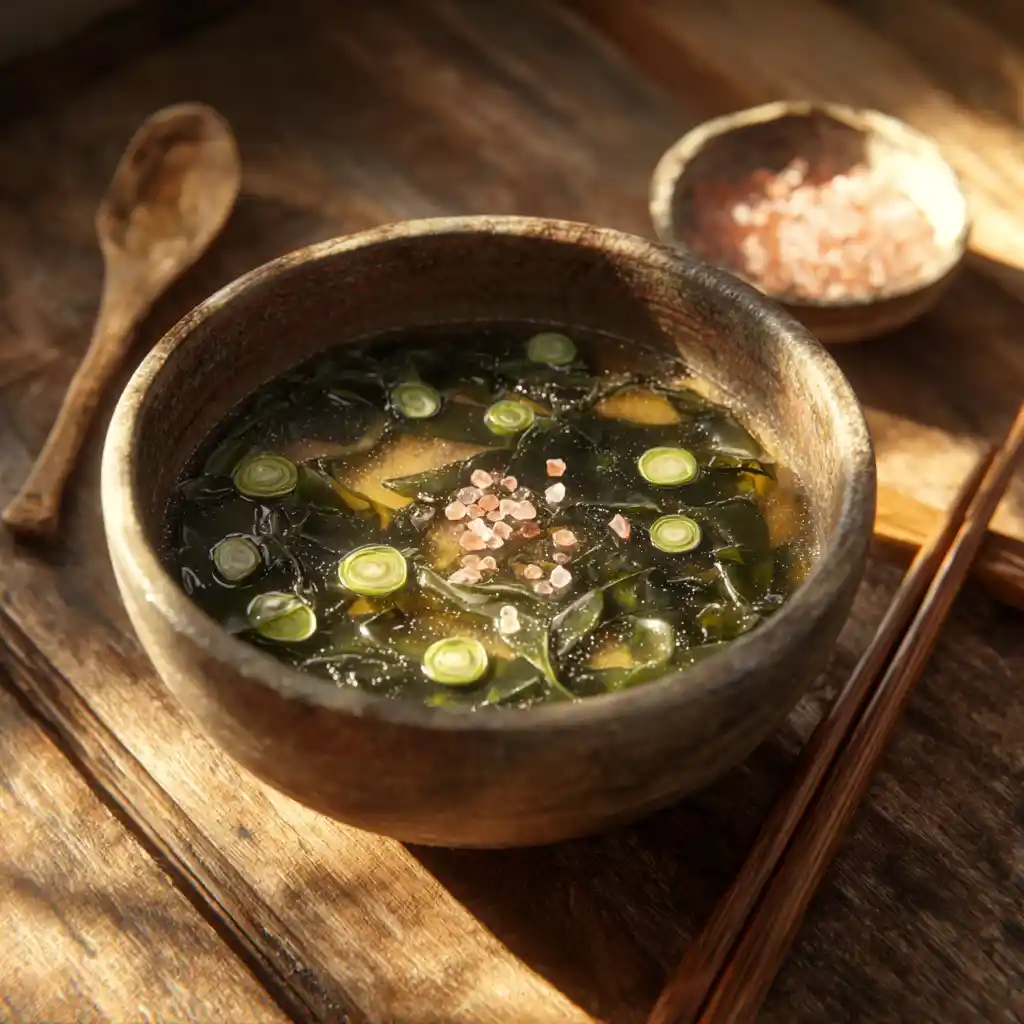
Ingredients:
- 2 cups dashi or vegetable broth
- 1 tbsp white miso paste
- ¼ tsp Japanese pink salt
- Wakame seaweed and green onions
What happens with the trick:
The salt enhances the miso’s depth while rounding out the flavor of the seaweed and broth. It’s also mineral-rich and easy on the stomach.
5. Dessert Twist: Chocolate + Pink Salt
Yes, this trick works in desserts too!
Try this:
- Dark chocolate bark with almonds
- Sprinkle pink salt on top while still warm
The salt cuts the bitterness of the dark chocolate and makes the flavors pop.
According to research from Purdue University, salt enhances sweetness by blocking bitter taste receptors not just adding salty flavor. That’s why it works even in chocolate desserts.
When Not to Use the Trick
While powerful, this trick isn’t always necessary. Avoid it when:
- Using salty ingredients like soy sauce, anchovies, or olives
- Making fermented or cured foods (risk of over-salting)
- Preparing low-sodium recipes for medical diets
Common Mistakes People Make with the Japanese Pink Salt Trick Recipe
So you’ve got the pink salt, you’ve read about the science, and maybe even tried it in a few dishes or a detox drink. But if you’re not seeing the benefits, you might be making one of these easy-to-fix mistakes.
Let’s break them down.
1. Using the Wrong Kind of Salt
This is the biggest issue, and it’s surprisingly common.
People often confuse Japanese pink salt with:
- Himalayan pink salt (from Pakistan)
- Refined sea salt with added color
- Kosher salt or table salt
These don’t offer the same mineral profile or flavor softness. Authentic Japanese pink salt is less harsh, slightly sweet, and higher in trace minerals like magnesium and calcium.
Tip: Always read the label. Look for unrefined salt from Okinawa or Seto Inland Sea regions.
2. Adding It at the Wrong Time
Timing is everything.
| Mistake | Why It Matters |
|---|---|
| Adding it after cooking | You miss the depth and texture it could have added earlier |
| Adding it too early to a detox drink | Salt might settle or not dissolve fully |
| Using it with already salty sauces | You risk over-salting your dish |
For optimal results, add the salt:
- Before roasting, steaming, or grilling
- Before boiling rice or noodles
- Right after warming detox water (before citrus or ginger)
Try it correctly in a flavorful side like these air fryer rainbow carrots, seasoning them before and after cooking enhances both taste and color.
3. Using Too Much Salt
Because this trick is so simple, some people assume more is better. It’s not.
Too much pink salt can:
- Create bitterness
- Dry out meats too aggressively
- Throw off balance in delicate drinks
Ideal amounts:
- ⅛–¼ tsp in detox water
- ½ tsp per 500g of food
- Just a light pinch for finishing a dish
According to the American Heart Association, excessive sodium, even from natural salt, may still impact blood pressure over time. Quality matters, but quantity counts too.
4. Skipping the Resting Time for Meats
This one’s crucial when using the salt trick in savory dishes.
Letting the salt sit on proteins for 10–20 minutes before cooking allows:
- Moisture to redistribute
- Muscle fibers to tenderize
- Surface to dry slightly (better browning)
If you skip this, your dish won’t fully benefit from the trick, especially in grilled or roasted meats.
5. Expecting Instant Detox or Weight Loss
Yes, pink salt water might help you feel lighter, but don’t expect miracles.
This trick:
- May reduce mild bloating by balancing fluids
- May improve digestion via magnesium and warm hydration
- Won’t “burn fat” or replace a healthy diet
Always remember: salt is a helper, not a healer. It supports your system, but it’s not a substitute for sleep, fiber, and hydration.
Bonus: Overusing in Sweet Dishes
Pink salt can boost desserts, like dark chocolate or nut bars, but it should be used sparingly. A heavy hand will ruin the balance and overpower the sweetness.
As noted by researchers in the National Library of Medicine, sodium ions in salt can suppress bitter flavors by interacting with specific taste receptors which makes sweet foods taste more balanced and rounded when enhanced with a pinch of salt.
Final Thoughts on Avoiding Mistakes
If you want to master the Japanese pink salt trick recipe:
- Choose the right salt
- Use it at the right time
- Don’t overdo it
- Let proteins rest
- Manage your expectations
FAQ: Japanese Pink Salt Trick Recipe
1. What is the Japanese pink salt trick recipe, exactly?
It’s a simple method of using mineral-rich Japanese pink salt in small quantities either in detox drinks or cooking to improve hydration, flavor, and digestion. The trick lies in the quality of salt and when you apply it during preparation.
2. Is Japanese pink salt better than Himalayan salt?
They’re different, not necessarily better or worse. However:
Feature
Japanese Pink Salt
Himalayan Pink Salt
Origin
Sea (Japan)
Rock (Pakistan)
Mineral Profile
Magnesium, calcium, potassium
Iron, calcium, trace minerals
Flavor
Milder, slightly sweet
Stronger, earthy
Grain Type
Flaky or fine
Coarse or crystal
Japanese pink salt is often preferred for lighter dishes, such as soups or rice, while Himalayan salt works well in grilling or curing.
3. Can this trick help with digestion or bloating?
Yes, when used in small amounts with warm water in the morning. The magnesium and electrolytes in unrefined pink salt may gently stimulate the digestive system, support hydration, and reduce mild water retention.
This aligns with findings from the NIH on magnesium’s role in gut function.
But it’s not a cure, only a support tool.
4. How often should I use the Japanese pink salt trick?
For hydration/detox:
1x per day in the morning with warm water is enough
For cooking:
Use like regular seasoning, but more sparingly
Using it more often doesn’t lead to better results balance is key, especially with sodium.
5. Where can I buy real Japanese pink salt?
Look for it at:
Specialty Asian or Japanese food stores
Certified organic or macrobiotic markets
Products labeled as sea salt from Okinawa or Setouchi
Avoid “pink salt” with artificial coloring or no origin label.
Also, try it in recipes like homemade chicken gyoza, where the mild saltiness helps balance the savory filling.
Conclusion: Why the Japanese Pink Salt Trick Recipe Is Worth Trying
The Japanese pink salt trick recipe isn’t just another internet trend; it’s a time-tested, mineral-rich method rooted in smart cooking and mindful health practices.
From enhancing the taste of simple meals to supporting gentle hydration and digestion, this trick stands out because it’s both simple and smart. It doesn’t require expensive tools or supplements, just quality salt, good timing, and consistent use.
So whether you’re using it in warm morning drinks or elevating your roasted vegetables, this little tweak can go a long way.
Looking for where to start? Try it with this cozy gluten-free tomato soup or in a light dish like Dol Sot Bi Bim Bap, and taste the difference yourself.
Print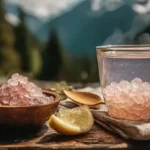
Japanese Pink Salt Trick Recipe
- Total Time: 2 minutes
- Yield: 1 cup
Description
A simple and effective Japanese pink salt trick recipe to support hydration, enhance flavor, and gently aid digestion.
Ingredients
1/8 tsp Japanese pink salt
1 cup warm filtered water
Juice of 1/2 lemon
1 thin slice fresh ginger (optional)
Instructions
1. Warm the water to body temperature (not boiling).
2. Add the pink salt and stir until completely dissolved.
3. Squeeze in the lemon juice.
4. Add ginger slice if using.
5. Drink slowly on an empty stomach in the morning.
Notes
Do not exceed 1/4 tsp salt per drink.
Use only unrefined Japanese pink sea salt.
Ideal 2–3 times per week, not daily.
Consult your doctor if on a sodium-restricted diet.
- Prep Time: 2 minutes
- Cook Time: 0 minutes
- Category: Detox Drink
- Method: Stirred
- Cuisine: Japanese

